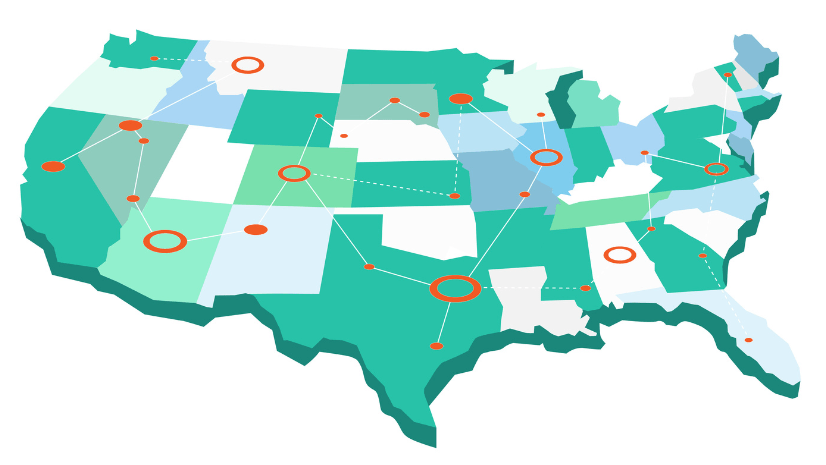Esri is pleased to announce the details of the upcoming Esri Demographics release in November which includes updates to Standard Demographics and Advanced Demographics.
Standard Demographics include a baseline set of demographic and socioeconomic data for over 170 countries and regions, provide a broad picture of topics, and come from a consistent data source and methodology. Many data variables are standardized across these regions, enabling comparison across global markets and communities. Countries and regions are updated on a rolling basis throughout the year. Source: Michael Bauer Research
November updates include:
Asia: Armenia, Azerbaijan, Bahrain, Bangladesh, Brunei Darussalam, Cambodia, China, Georgia (without Abkhazia), Hong Kong, India, Indonesia, Iran (Islamic Republic of), Israel, Japan, Jordan, Kazakhstan, Kuwait, Kyrgyzstan, Lebanon, Macao, Malaysia, Maldives, Mongolia, Myanmar, Nepal, Oman, Pakistan, Philippines, Qatar, Saudi Arabia, Singapore, South Korea, Sri Lanka, Taiwan, Tajikistan, Thailand, United Arab Emirates, Uzbekistan, Vietnam… updated with new demographic data (from 2020 to 2022).
North America: Costa Rica, El Salvador, Guatemala, Honduras, Nicaragua… updated with new demographic data (from 2020 to 2021).
South America: Argentina, Bolivia, Brazil, Chile, Colombia, Ecuador, French Guiana, Guyana, Paraguay, Peru, Uruguay, Venezuela… updated with new demographic data (from 2020 to 2021).
Oceania: Australia, Fiji, New Caledonia, New Zealand, French Polynesia, Papua New Guinea… updated with new demographic data (from 2020 to 2021).
Advanced Demographics provide a detailed set of data within a country or region and include additional data variables and/or levels of geography. Advanced Demographics are available for a limited set of countries or regions.
November updates include:
Canada … updated with 2022 data vintage from Environics Analytics.
- Demographic Estimates (2022 and 2017) – current-year estimates and historical estimates from 5 years ago based on the same methodologies to ensure accurate trend analysis
- Demographic Projections (2025, 2027, 2032) – demographic projections for three, five, and ten years into the future based on the same methodologies to ensure accurate trend analysis
- Trends (2006-2042) – estimated and projected households counts, household population, household income, and household average income
- Daytime Population – estimate of the population that is reachable in any geographic area during daytime hours
- CensusPlus – data from the 2021 Census conducted by Statistics Canada
- Household Spending – current year estimates on annual expenditures on goods and services used by Canadian households.
- PRIZM segmentation – classifies Canada’s neighborhoods into 67 unique lifestyle types.
Get Started
Esri Demographics are accessible in various ways from Esri…
ArcGIS Online, ArcGIS Pro, and ArcGIS Enterprise
- Access ready-to-use maps from ArcGIS Living Atlas of the World and add context to your maps and analyses.
- Use Enrich Layer to append location-based data to points, lines, or areas.
ArcGIS Business Analyst
- Identify sites and evaluate markets with ArcGIS Business Analyst, demographic mapping software.
ArcGIS Platform
- Enhance workflows and apps with the ArcGIS GeoEnrichment Service – Enrich data with additional location-based information about people and places in a specific area.
Reports and Data
- Just need a report? Buy Esri Reports
- Just need data? Contact datasales@esri.com.



Article Discussion: